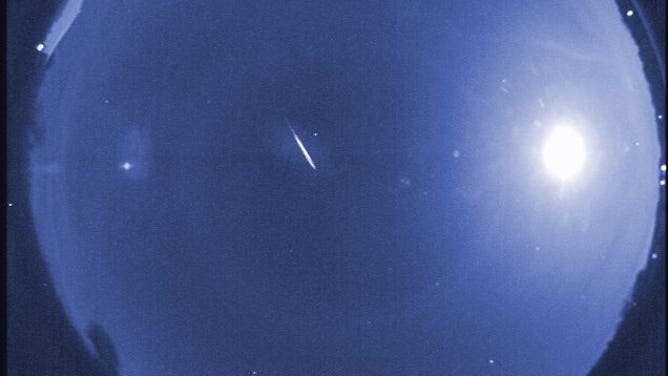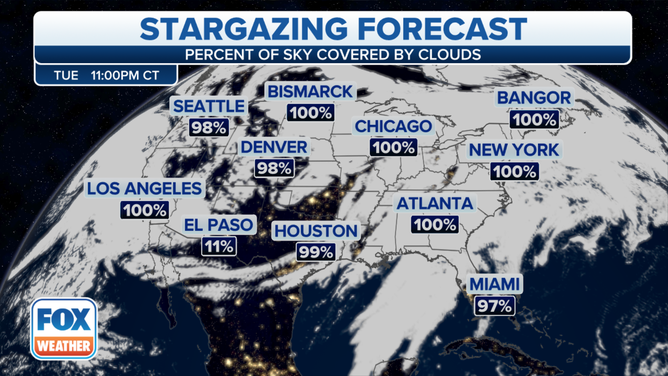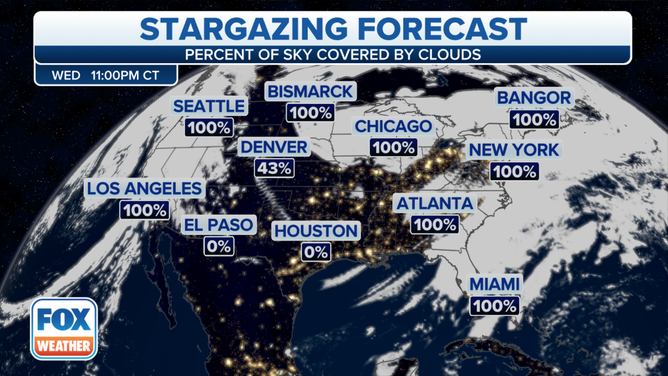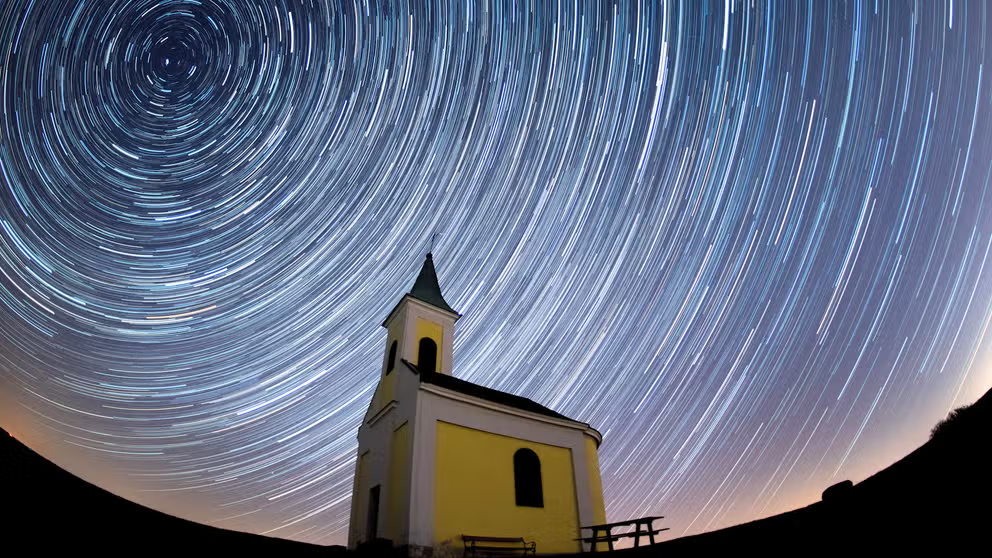Quadrantid meteor shower peaks Tuesday but moon, weather will steal first celestial show of year
The first meteor shower of 2023 will have to compete with a bright moon. Here's when and where you can see the Quadrantid meteor shower.
Meteor showers explained: what to know and how to watch
We call them shooting stars, but it's actually meteors that create dazzling streaks of light across our night sky.
Considered one of the best sky-shows of the year, the Quadrantid meteor shower is also the first of 2023, but it will be a challenge to enjoy this year because of the unfavorable cloud forecast and an approaching full moon.
While most meteor showers come from comets, the Quadrantids originate from asteroid 2003 EH1. The asteroid's name comes from the year it was discovered using the Lowell Observatory in Arizona. It's considered a small asteroid – about 2 miles across.
The Quadrantids are not only the first meteor shower of the year but are considered by astronomers as one of the best annual meteor showers. It's also known for fireballs, or bright meteors, that create explosions of color in the sky.
When is the best time to view the Quadrantid meteor shower?

False-color image of a Quadrantid meteor shower, captured by a NASA in 2010.
(NASA)
The Quadrantid meteor shower began in late December and continues through Jan. 16. Its peak lasts only a few hours, unlike other meteor shower peaks that last for several days.
Quadrantids can produce between 60 and 200 meteors per hour during peak activity, according to NASA, which happens to be Tuesday night.
For North America, the best time to view the Quadrantids is on Tuesday after 10 p.m. and into Wednesday before dawn but after the moon sets.
According to the American Meteor Society, "the best strategy" to see the most meteor activity is to look toward the northeast quadrant of the sky.
Odds against your sky-gazing: A bright moon and troublesome forecast

Tuesday, Jan. 3, 2023 cloud cover forecast for the Quadrantid meteor shower peak.
(FOX Weather)
January's meteor shower has a few obstacles that will make it harder to spot those shooting stars.
One of the most important things to view a meteor shower is darkness, including getting away from city lights. However, natural light from the moon can also burst your sky-gazing bubble as it floods the sky with light and makes it harder to spot meteors.
The first full moon of the year, known as the full wolf moon, will rise in the east on Friday and peak at 6:08 p.m. EST, just a few days after the Quadrantids peak. By Wednesday morning, the waxing gibbous moon will be more than half full and mostly illuminated by sunlight.
Other than the full moon, this week is not ideal for stargazing because of the forecast. Some very active weather across the U.S. will create a cloud-covered sky on Tuesday night for most of the U.S., although parts of West Texas might have a shot at a clear view.
California is facing a double threat of an atmospheric river known as a "Pineapple Express" and a bomb cyclone. A powerful storm system is causing tornadoes in the South and winter weather is happening in the Plains and Upper Midwest.
Basically, it's a mess out there if you're looking for a clear sky.

Wednesday, Jan. 4, 2023 cloud cover forecast for the Quadrantid meteor shower peak.
(FOX Weather)
Wednesday's cloud cover forecast is a significant improvement, with parts of the Southwest in the clear. However, the chances of spotting a shooting star could be low because it's even closer to the January full moon.
HOW TO PHOTOGRAPH A METEOR SHOWER WITH YOUR PHONE
Even if the first celestial show of the year is a bust for many sky-gazers, 2023 still has a lot more to offer. Don't miss out and add these astronomical events to your 2023 calendar.
Beyond the natural wonders of the night sky, the space exploration industry is also in for a busy year.
The next meteor shower, α-Centaurid, peaks just before Valentine's Day.
